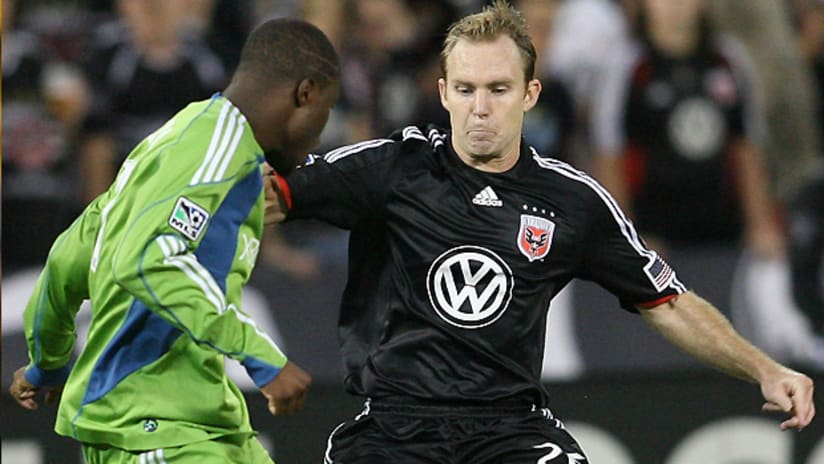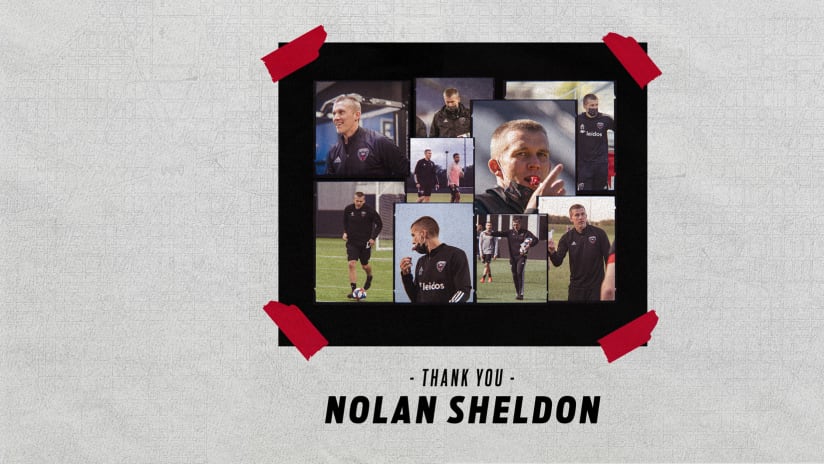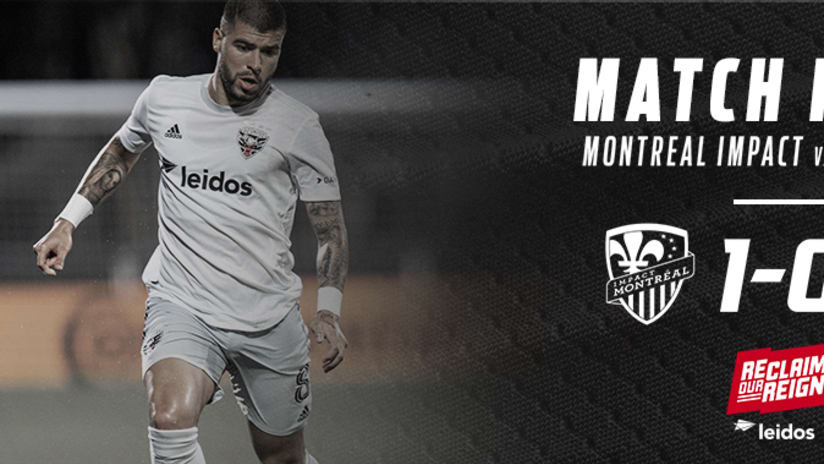Tradition is a big deal at D.C. United. The word is savoredby fans, routinely falls from the lips of club officials and even adorns theback collar of the team’s jerseys.
Yet one regrettable occurrence has become another traditionaround RFK Stadium: head and neck injuries and their lingering, unsettlingaftereffects. Alecko Eskandarian, Josh Gros and Dominic Mediate have all seentheir careers ended or sidetracked by concussions in recent years, and nowBryan Namoff is the latest United player to suffer from one of the mostconfounding areas of injury in modern sports.
“Still day to day, still monitoring my symptoms,” saidUnited’s veteran right back when asked about his current status after a recentD.C. training session. “I’m not trying to progress too fast, but just take iteasy and monitor each and every day and hopefully each week proves to be betterthan the last.”
Sidelined indefinitely since sustaining whiplash in aSept. 12, 2009, match against Seattle Sounders FC, Namoff has little ideawhen, or to what extent, he’ll get relief from the headaches, soreness andblurred vision that have plagued him since the injury.
After months of drastic limitations on his exercise andmovement, Namoff was happy to rejoin his teammates on the practice field in thefinal stages of their 2010 preseason. But he remains restricted to modestcardiovascular activity and light ball work as the D.C. medical staff waits forhis troubles to subside, regulating his heart rate so as not to disturb thehealing process in his neck, brain and upper back.
“There’s a lot of guesswork involved,” said Namoff.
As he emphasizes, every case of this type is unique. Theexperiences of former teammates like Eskandarian and Gros, both of whomreturned to action following head injuries only to be pegged back by resultantcomplications, have given Namoff and his caregivers ample cause for caution.Yet that has also left him in a strange sort of limbo that is, in its own way,even more frustrating than comparable maladies with clearly defined solutionsand recovery cycles.
“Yeah, mentally, it’s been my toughest challenge,” admittedthe Bradley University product. “But it’s definitely made me a stronger personand it’s one I’m taking in stride … I’m not trying to forecast anything—justtaking it one day at a time.”
The situation has jarred Namoff’s steady personalprogression from utility midfielder to workaday defender to grizzled leader.Following the retirement of midfielder Ben Olsen, he became United’s primaryrepresentative to the players’ union and took part in the exhausting—andmemorable—final rounds of collective bargaining negotiations on March 18 and19.
“It was a great experience to be a part of that bargainingprocess,” Namoff said. “In the end, we’re happy to get a deal done, we’re happynot to have any type of work stoppage. I think it’s an exciting time and itbuilds a better relationship with the players and the league.”
Asked about the flurry of late CBA proposals andcounter-proposals, Namoff explained how the final couple of days unfolded.
“It was about a 17-hour bargaining process on Thursday andabout a 14-hour process on Friday,” he said. “But not one representative leftfrom each team, everyone stayed in the room, as hard as that was, to be goinglike that until the wee hours of the morning. That level of commitment andunity from each representative really showed the dedication that everyone had.”
Now he’s doing his best to stay connected to his Unitedcohorts despite his own indeterminate condition, in the hopes of a seamlesstransition when he finally gets the medical go-ahead.
“The focus now is to try to get me integrated with theteam,” he said. “It is a new team this year, there’s been a lot of changes andjust making sure that I can at least establish my presence even if it’s on thesidelines right now, making sure that I can meet everyone, be on a first-namebasis and build the chemistry from the inside.”




